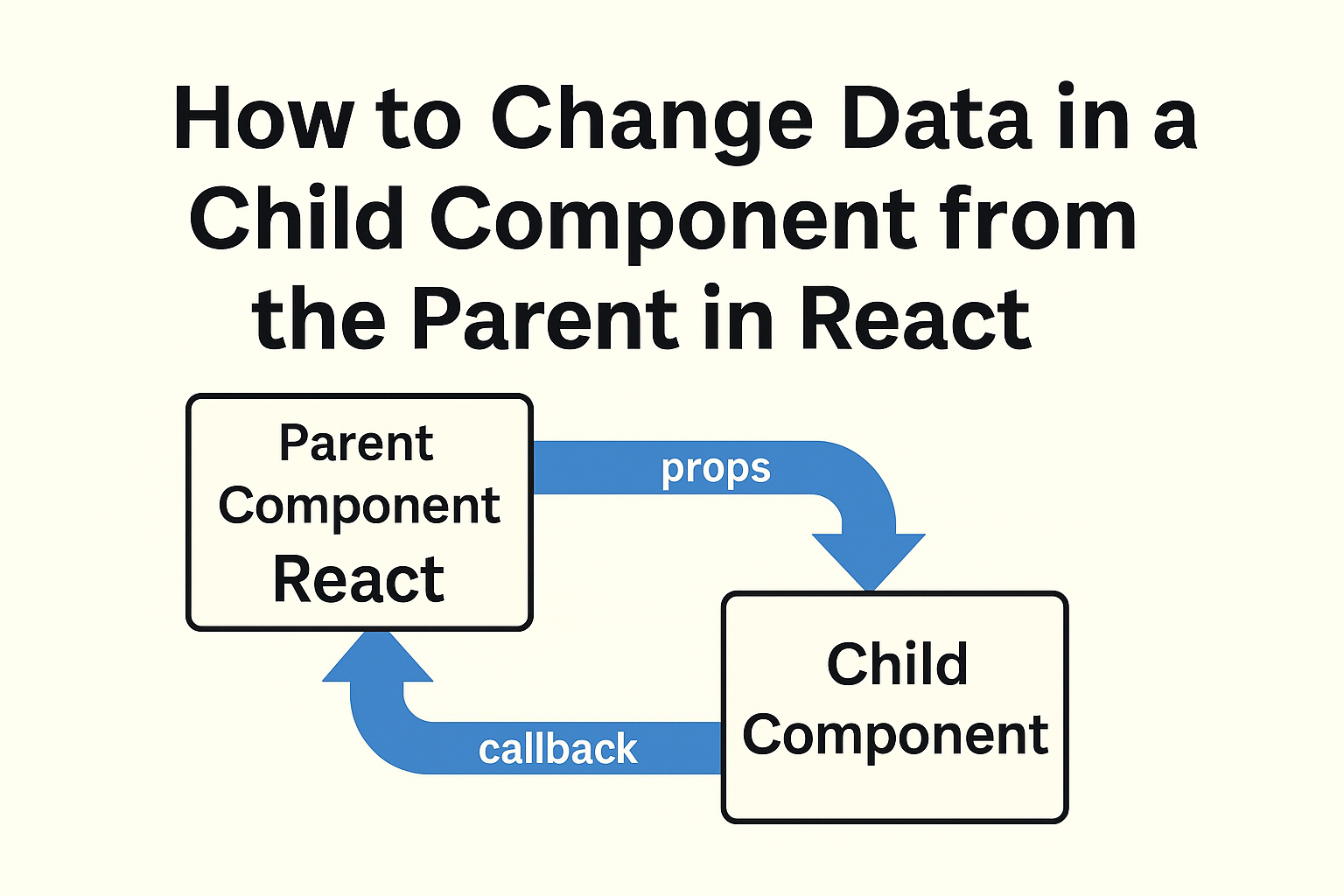In today’s fast-paced digital world, user expectations are higher than ever. Whether you’re running a web app, mobile platform, or REST API, performance matters. Users expect instant feedback, and search engines reward faster websites. One of the most effective ways to enhance performance is through code optimization, which directly contributes to faster server response times, improved SEO rankings, and a better user experience.
In this article, we’ll explore proven strategies for optimizing backend code and server-side logic to achieve optimal response time.
🔍 Why Server Response Time Matters
Server response time is the amount of time it takes for a server to respond to a client’s request. Google recommends a server response time under 200 milliseconds for optimal user experience. Slower responses lead to:
- Increased bounce rates
- Lower conversion rates
- Poor search engine rankings
Optimizing your code and queries is essential to keep your server fast and scalable.
🛠️ Common Code Optimization Techniques
1. Use Efficient Database Queries
Unoptimized database access is one of the main reasons for slow server response. Follow these best practices:
- Avoid N+1 queries by using eager loading (
with()in Laravel,join fetchin JPA). - Use indexes on frequently queried columns.
- Limit results using
SELECT only required columns, notSELECT *. - Use caching (like Redis or Memcached) for static or rarely changing data.
Example in Laravel:
// Bad
$users = User::all();
// Good
$users = User::select('id', 'name')->where('active', 1)->get();
2. Reduce Loop Complexity
Nested loops and redundant operations can significantly slow down server logic.
Before:
foreach ($users as $user) {
foreach ($posts as $post) {
if ($post->user_id == $user->id) { ... }
}
}
Optimized:
$groupedPosts = $posts->groupBy('user_id');
foreach ($users as $user) {
foreach ($groupedPosts[$user->id] ?? [] as $post) { ... }
}
3. Leverage Views and Stored Procedures
In complex reporting or analytics cases, move logic from your application code into the database layer:
- SQL Views can pre-aggregate or join data for fast access.
- Stored Procedures execute logic on the server directly, reducing round-trips.
This reduces PHP or Node.js memory load and improves maintainability.
4. Profile and Benchmark
Use profiling tools to identify bottlenecks:
- PHP: Xdebug, Laravel Telescope
- Java: JProfiler, VisualVM
- SQL:
EXPLAINstatements, slow query log
Benchmark requests using tools like Apache Benchmark, wrk, or Postman Monitor.
5. Asynchronous Processing
Move long-running operations to background jobs:
- Email sending
- File processing
- API sync
Use queues like Laravel Queue, RabbitMQ, or Celery (Python) to offload these tasks and return a response to the client faster.
6. Minimize Data Sent to Clients
Reduce the payload:
- Send only necessary fields.
- Use Gzip or Brotli compression.
- Paginate large datasets instead of returning thousands of records.
🚀 Quick Wins for Server Response Optimization
| Technique | Impact |
|---|---|
| Query optimization | ✅ High |
| Caching frequently used data | ✅ High |
| Using efficient loops | ✅ Medium |
| Removing unused libraries | ✅ Medium |
| Returning only needed data | ✅ High |
| Code profiling and refactoring | ✅ High |
| Using views instead of inline joins | ✅ Medium |
📈 How Code Optimization Improves SEO
Fast server responses help with:
- Better Core Web Vitals scores
- Lower Time to First Byte (TTFB)
- Improved crawl budget efficiency
- Increased mobile performance, which is a key ranking factor
Search engines like Google penalize slow-loading sites, especially on mobile networks. Code optimization ensures that your backend isn’t the bottleneck, contributing to higher rankings and user retention.
✅ Conclusion
Optimizing backend code and server response time is no longer optional—it’s a core necessity for any scalable and SEO-friendly application. Whether you’re working with Laravel, Spring Boot, Django, or Node.js, applying these strategies will help you build fast, responsive, and efficient systems.



